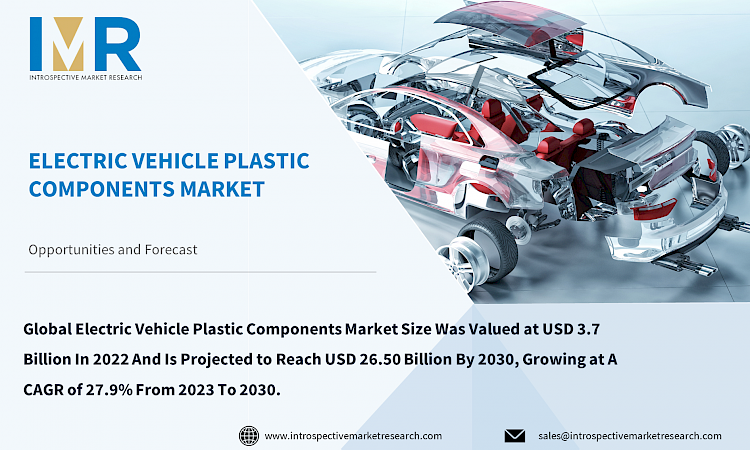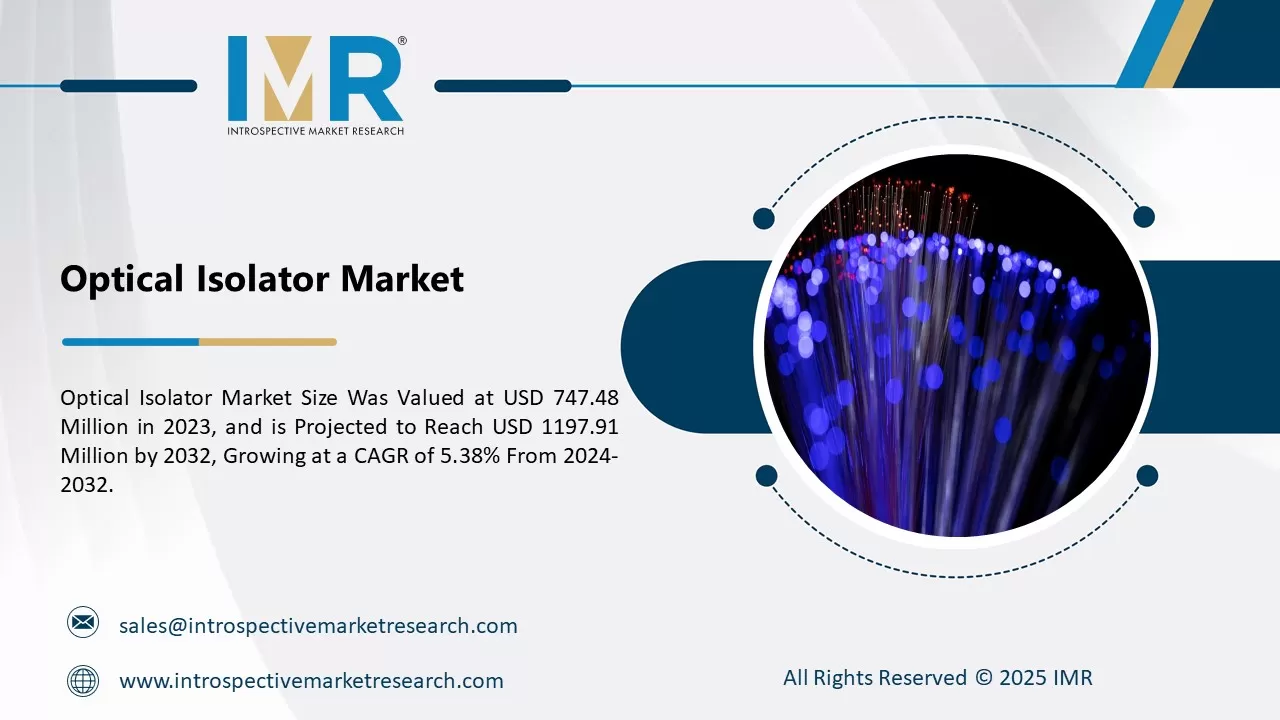Market Overview:
Global Electric Vehicle Plastic Components Market Size Was Valued at USD 3.7 Billion In 2022 And Is Projected to Reach USD 26.50 Billion By 2030, Growing at A CAGR of 27.9% From 2023 To 2030.
Plastics have become crucial in the automotive industry as they contribute to making vehicles lighter, more fuel-efficient, and environmentally friendly. The emphasis on sustainability has driven innovation and shaped the future of the industry. Electric vehicles (EVs) have gained popularity due to their lower environmental impact compared to internal combustion engine (ICE) vehicles. However, leading original equipment manufacturers (OEMs) have highlighted that material and their production account for around 30% of a vehicle's lifetime CO2 emissions. Consequently, prioritizing the sustainability of materials and adopting environmentally friendly manufacturing processes has become imperative for the automotive industry. Manufacturers are investing in methods to recycle end-of-life automotive materials, ensuring their reuse without compromising product quality. This focus on sustainable material usage is a significant factor impacting the growth of the electric vehicle plastic components market.
Top Key Players in Electric Vehicle Plastic Components Market:
- Saudi Basic Industries Corporation (SABIC) (Saudi Arabia)
- BASF SE (Germany)
- Formosa Plastics Corporation (Taiwan)
- LyondellBasell Industries Holdings B.V.(US)
- Evonik Industries (Germany)
- INEOS (UK)
- The Dow Chemical Company (US)
- Air Liquide S.A (France)
- Sumitomo Chemical Co. Ltd. (Japan)
- Mitsui Chemicals Inc (Japan)
- Hexion Inc (US)
- Momentive Performance Materials (US)
- Hanwha Azdel Inc (South Korea) and Other Major Players
Market Dynamics and Factors:
The preference of Original Equipment Manufacturers (OEMs) for thermally stable plastics in heat-sensitive applications is a key driver of the Electric Vehicle Plastic Components Market. As electric vehicles (EVs) operate with high power and are subject to various thermal conditions, it is essential to use plastics that can withstand elevated temperatures without compromising performance or safety. Thermally stable plastics offer excellent heat resistance, dimensional stability, and mechanical properties, making them suitable for critical components such as battery modules, connectors, and power electronics in EVs. The growing demand for EVs and the need for efficient thermal management systems have led OEMs to prioritize the use of thermally stable plastics, driving the growth of the Electric Vehicle Plastic Components Market.
The use of antimicrobial plastics and additives in electric vehicles presents a significant opportunity for the Electric Vehicle Plastic Components Market. By incorporating these materials into various plastic components of electric vehicles, such as interiors, touch surfaces, and ventilation systems, automakers can provide added protection to occupants, assuring their safety and well-being. This opportunity aligns with the evolving consumer preferences for cleanliness and health consciousness, driving the adoption of antimicrobial technologies in the Electric Vehicle Plastic Components Market.
Electric Vehicle Plastic Components Market Report Highlight:
- By Type, the Dashboard holds a larger market share as compared to Seats. These components are typically made of various types of plastic materials. The dashboard in an electric vehicle houses important instruments, controls, and displays, such as the instrument cluster, infotainment system, air vents, switches, and other functionalities.
- By Material, PA Segment is expected to register the highest growth during the projected period. Polyamide (PA) may be utilized in various parts, including engine covers, battery casings, connectors, brackets, and structural components. Its thermal stability and resistance to chemicals and oils make it a favorable choice for these applications.
- North America is expected to have the highest share of the Electric Vehicle Plastic Components market over the projected period. North America has a well-established automotive manufacturing industry, with major automakers and suppliers operating in the region. This robust manufacturing base provides a solid foundation for the production of plastic components for electric vehicles.
Key Industry Development:
- In April 2023, the electric vehicle (EV) industry, BASF has unveiled its latest innovation, Ultramid? B10G6 FR TS, a flame-retardant polyamide meticulously crafted for interior EV components such as instrument panels and door panels. This cutting-edge material not only boasts exceptional heat resistance but also prioritizes safety, addressing the unique requirements of electric vehicles.
- In March 2023, DSM Engineering Materials has announced the successful development of a pioneering 3D printing technology tailored for intricate EV interior components, this breakthrough technology not only facilitates rapid prototyping but also enables the creation of lightweight structures essential for enhancing overall vehicle efficiency.
Electric Vehicle Plastic Components Market Segmentation:
By Type
- Dashboard
- Seat
- Trim
- Bumper
- Body
- Other
By Material
- PA
- PP
- PC
- PVB
- PU
- PVC
For this report, Introspective Market Research has segmented the Electric Vehicle Plastic Components Market based on region:
Regional Outlook (Revenue in USD Million; Volume in Units, 2023-2030)
- North America
- The U.S.
- Canada
- Mexico
- Eastern Europe
- Russia
- Bulgaria
- The Czech Republic
- Hungary
- Poland
- Romania
- Rest of Eastern Europe
- Western Europe
- Germany
- UK
- France
- Netherlands
- Italy
- Spain
- Rest of Western Europe
? Asia Pacific
- China
- India
- Japan
- Singapore
- Australia
- New-Zealand
- Rest of APAC
? Middle East & Africa
- Turkey
- Saudi Arabia
- Qatar
- UAE
- Israel
- South Africa
?South America
- Brazil
- Argentina
- Rest of SA





